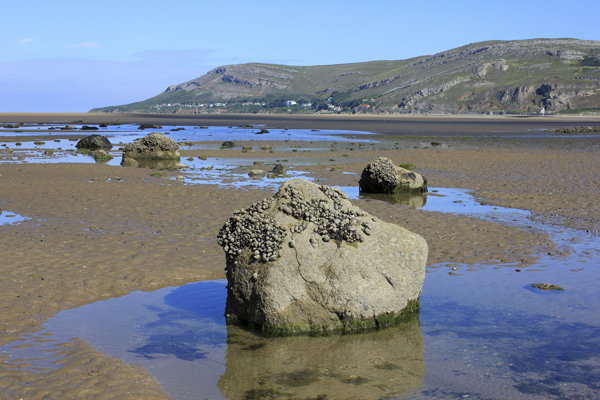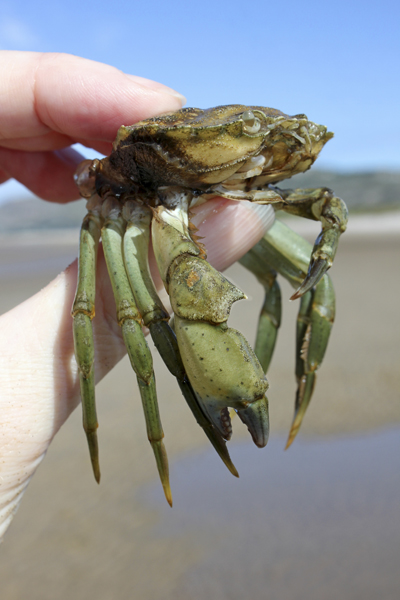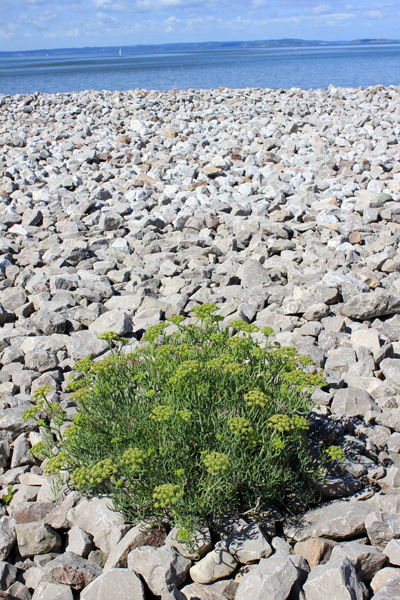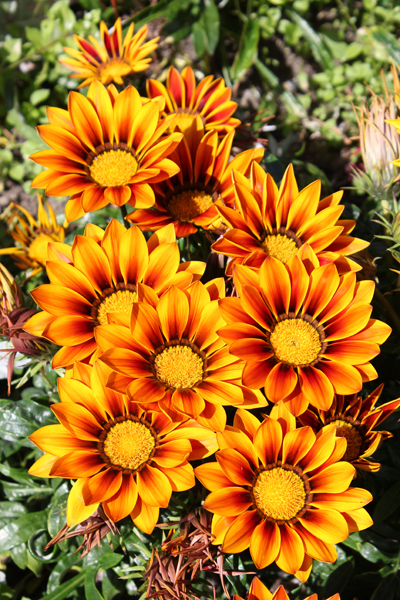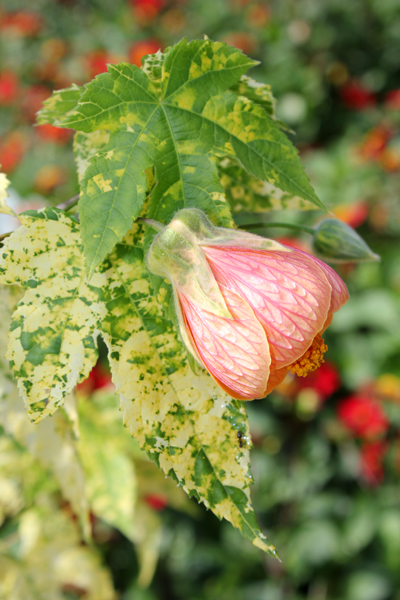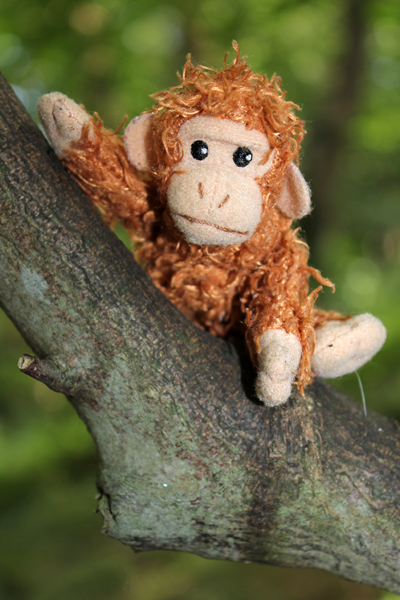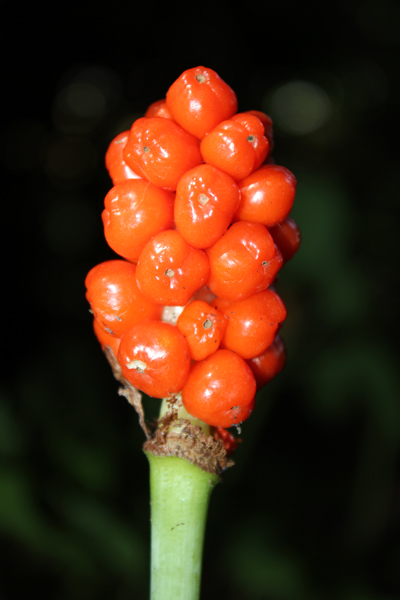West Shore Llandudno looking towards Great Orme
I was over in North Wales for the weekend for a double birthday bash. Managed to have a couple of walks the first was along the beach and coastal path running from West Shore in Llandudno to Deganwy. Of note were half a dozen Compass Jellyfish Chrysaora hysoscella stranded on the beach – the largest of which was approx. 15cm diameter although they can reach double this size. They are so called because of their distinctive brown pattern like the radii of a compass. The nemotcysts on their tentacles can give a nasty weal if stung unlike the three Moon Jellyfish Aurelia aurita we also found. ‘Corpse of the Day’ was a Common Shore Crab.
Compass Jellyfish
Common Shore Crab
A Shag flew by heading out towards Puffin Island, Little Egret and Grey Heron strode about in the shallows, Oyks were resting on the sand but the Ringed Plovers were hyperactive. A male Stonechat perched on some scrubby bushes and around fourteen House Sparrows were feeding on the Marram Ammophila arenaria seeds. Lepidoptera included Gatekeeper Pyronia tithonus, Meadow Brown Maniola jurtina, Six-spot Burnet Zygaena filipendulae including plenty of egg cases and around twenty Cinnabar Moth Tyria jacobaeae caterpillars on – you guessed it – Common Ragwort Senecio jacobaea. Maritime Plants included Curled Dock Rumex crispus, Common Mallow Malva sylvestris, Sea-kale Crambe maritima, Common Restharrow Ononis repens, Sea-holly Eryngium maritimum, Sea Carrot Daucus carota subsp. Gummifer, Rock Samphire Crithmum maritimum, Duke of Argyll’s Teaplant Lycium barbarum, Common Fleabane Pulicaria dysenterica and Sea Mayweed Tripleurospermum maritimum.
Rock Samphire
The second walk started near the Conwy Council Offices before skirting Coed Bodlondeb Woods and along Marine Walk.
Gazania
The council flowerbeds held brightly coloured Gazania – members of the Daisy family native to South Africa and one plant I saw in Peru last year called Chinese Bell Flower Abutilon hybridum and the ground held Evergreen Oak a.k.a. Holm Oak or Mediterranean Oak Quercus ilex and Turkey Oak Quercus cerris.
Chinese Bell Flower
Walking through the woods there was an unexpected find of an Orang-u-tan 🙂
Orang-u-tan
Plantlife included Tutsan Hypericum androsaemum, Wood Avens Geum urbanum, Wild Cherry Prunus avium, the distinctive black seed heads of Alexanders Smyrnium olusatrum, Foxglove Digitalis purpurea, Lords-and-Ladies Arum maculatum, Wood Sage Teucrium scorodonia, Sharp-flowered Rush Juncus acutiflorus and (Wood) False-brome Brachypodium sylvaticum. A few Butterflies with Speckled Wood Pararge aegeria and Meadow Brown Maniola jurtina and birdlife included a vociferous young Buzzard in one of the Cypress’. Fungi included Dryad’s Saddle Polyporus squamosus, Sycamore Tarspot Rhytisma acerinum and Violet Bramble Rust Phragmidium violaceum. Gall Species included Red Galls found on Sycamore Acer pseudoplatanus leaves caused by the Gall Mite Aceria macrorhynchus, Blotch on Holly Leaves Ilex aquifolium caused by the Holly Leaf Gall Fly Phytomyza ilicis and also damage on English Elm Ulmus procera Leaf caused by Elm Leaf Beetle Xanthogaleruca luteola.
Lords – and – Ladies
On the stonewalls along Marine Walk we noted Polypody Polypodium vulgare, Maidenhair Spleenwort Asplenium trichomanes, Wall-rue Asplenium ruta-muraria, Pellitory-of-the-wall Parietaria judaica, Navelwort a.k.a Pennywort Umbilicus rupestris, Bittersweet a.k.a. Woody Nightshade Solanum dulcamara , Ivy-leaved Toadflax Cymbalaria muralis, Red Valerian Centranthus ruber, Wall Lettuce Mycelis muralis, Feverfew Tanacetum parthenium, Scentless Mayweed Tripleurospermum inodorum and Hemp-agrimony Eupatorium cannabinum.
On the shoreline there was Common Sea-lavender Limonium vulgare, Sea Spurge Euphorbia paralias, Spear-leaved Orache Atriplex prostrate, Sea Beet Beta vulgaris subsp. maritima, Curled Dock Rumex crispus and Sea Plantain Plantago maritima.
If you are interested in the wildlife of the north-west of England and would like to join the walks and coach trips run by the Merseyside Naturalists’ Association, see the main MNA website for details of our programme and how to join us.

